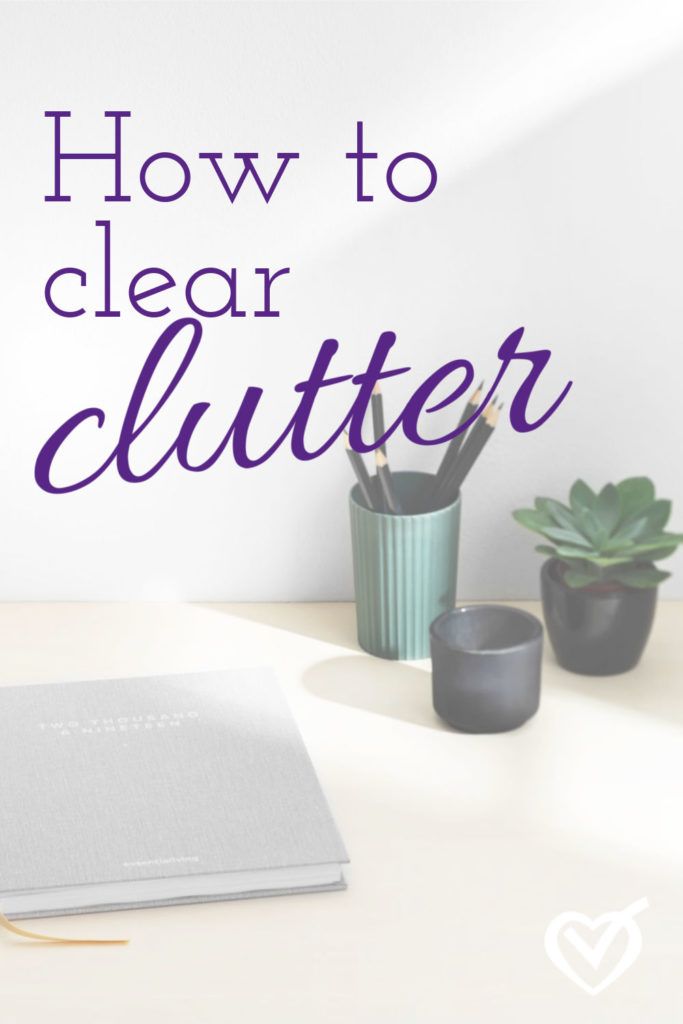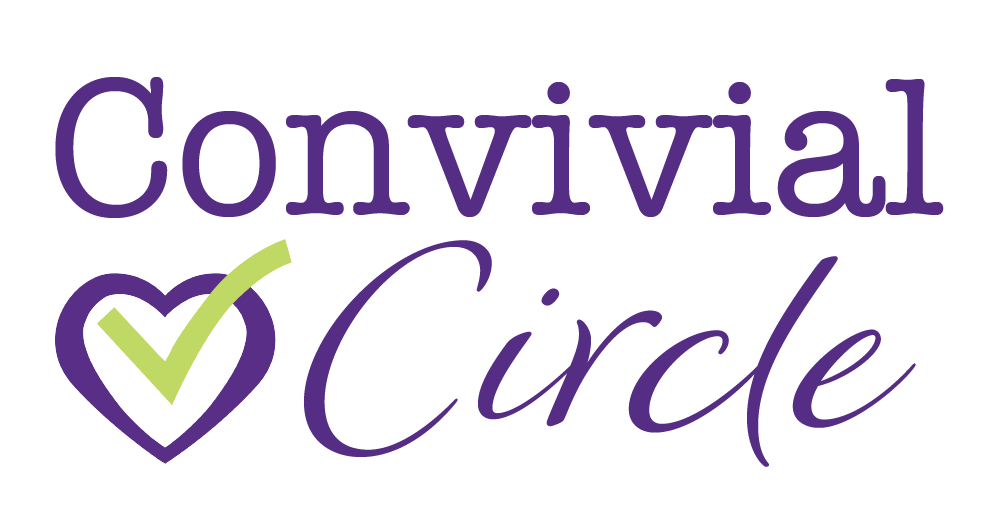Clutter is a problem every family has to deal with. We can learn strategies of regular decluttering that keep our space useful and clear without falling into the trap of thinking that the goal is to eliminate all clutter once and for all.

So, we talk a lot about needing to declutter, but part of what holds us back from just diving in and making some progress in decluttering is that even though we say that we are doing this project we don’t really understand how to do it. We don’t understand what the project really is, what it entails, what we set out to accomplish.
It remains a vague, nebulous project that we can’t define. That means we can’t see progress made. When we don’t know what we’re going to do next, we end up not doing anything at all. So, in order to declutter our homes, we need to understand the process of decluttering, which is really very simple. It’s a little bit scary, but what you need to remember is to start with an amount of space that you can actually tackle in the amount of time that you have.
I like to choose a spot that I can actually declutter in 10 minutes or less, because even when I think I have half an hour I often don’t. But 10 minutes I can probably manage that, or at least, if some interruption comes a 10 minute declutter session is easier to come back to and finish up, whereas longer projects not so much.
Steps to clear clutter
The first step to clear the clutter is actually removing everything from the space—that’s scary, that’s a big deal, I know, but it’s really the most effective, efficient way to declutter. But that’s why it’s so important to start with a very small space. So, a single drawer (or even a section of a drawer), a single shelf in a closet (and not the whole closet), one container at a time decluttering; not entire rooms or even entire closets—a small space. Empty it out entirely onto a table, or some other space—just move it out.
Then the next thing I like to do is to just throw away the garbage that came out in that process. Ideally, it doesn’t even make it onto the table (or whatever other space I’m emptying things out on), but as I’m pulling it out it just goes into the trash. And still, if there is some junk on the counter (or wherever this pile has ended up), I go through and throw away the trash because that’s the fastest, easiest, most obvious step to take first. And the more visible progress you can make quickly the more momentum that you get. You’re seeing that success and you’re seeing progress right away and that helps you keep the momentum and the energy moving forward to get the job done.
So, we don’t start with the hardest part (although emptying the entire space might have been hard, mentally or emotionally) but then we do something easy—we just throw away the garbage. And, it’s amazing sometimes how much difference that makes right there.
Next, we’re looking at all this stuff that’s out to see. Now, none of it’s where it belongs because none of it belongs on the bed or the counter or the table or wherever we’ve put it, and we see things that belong somewhere else. So they have homes, we know what they are, we know where they belong and it’s not here and it’s not in that drawer that we just emptied. So, we go put those things away. This is where distraction is tempting.
Next, you see this space that you’ve just emptied out. You wipe it down, do whatever kind of cleaning needs to happen there—while it’s empty why not? And now you have this fresh, clean, empty space. What actually belongs there? What is this space for? Ideally, you’ve asked this question before you got started so you have a goal in mind for this space. You’re looking at the space and you’re “Okay, this is the drawer for [socks].” “This is a the drawer or the shelf for [books].” It doesn’t have to be complicated or super specific, you just need to know what actually belongs here because if something is on that shelf that doesn’t belong, it’s clutter. And we’re decluttering. So, you don’t want to re-clutter.
The next step when clearing clutter is to take the stuff in your pile and to put back the things that actually belong. It’s not that complicated but it is a decision to make so it can be tricky. This is also another opportunity for perfectionism to rear its ugly head and tell us that it needs to be just right, put in order just so with the perfect labeled container. And that’s just not true. You can come back and do that later, maybe, but right now we’re only decluttering. Just put the things that belong back where they belong without turning it into a giant project.
Now, what you have left on your surface is the clutter. You have things that now need decisions to made about them. And these are the things that you were avoiding when you were avoiding decluttering. We don’t even start because we don’t even want to deal with these things and now you have all of them right there, staring at you, and it’s time to deal with them. It’s the actual clutter—the things that do not have homes and you have to make a decision about. Clear the clutter by making those decisions.
Decisions to clear clutter
The thing is you really have two choices to make: we can make it more complicated than that, but really, it’s two choices for each item that’s still left in your pile. (1) Are you going to get rid of it? (2) Are you going to keep it? There are multiple ways to get rid of it and then, if it’s to keep it, it needs a home. So, work the things into two piles: (1) the get rid of pile and (2) the keeping.
The pile of things to get rid of needs to leave your home as soon as possible—so whether that’s the trash, or a donate box that then it goes immediately to the back of the car—get those things out of your house or into an appropriate place where they will find their way out of your house, like the library return bag, or donations bag, have a (temporary) home for these things to leave your home.
Then, with what’s left—with what you’re going to keep—the thing is they all need homes. All things need to have a place so they can go to their place and not be clutter. If they have no home, then it’s going to be clutter no matter where it goes. So, for a temporary measure, you can keep a laundry basket or some kind of container as a clutter basket. And these are things that you’re procrastinating decisions on and you’re waiting to see what they perfect space for them is going to be.
Sometimes we just need to let sit for a while, percolate for a while, and then we realize, ‘No, I really can get rid of that.’ Sometimes, we just need that time to process. So, make a clutter bin and say, “Okay, right now this is clutter and clutter belongs here.” Eventually, you’re going to need to clear that out. So, the time is coming, and you will have to deal with it. And really, no one else can but you. They’re just decisions that you have to make—(i) that it’s going to have to have a home or (ii) it’s going to have to go away. They’re tough choices, but those really are the only two choices if we are going to declutter— clear the clutter.
If it doesn’t have a home, it is clutter. If we don’t have the space for it, we can’t keep it. This is just the reality of physics and the real world. That’s the process of decluttering. It’s not glamorous but it’s not complicated. What really prevents us from doing it is the decision avoidance. So, maybe making a box just for clutter and calling it (being honest with yourself about that) will help you take the next steps in decluttering.
Overcome overwhelm, beat the boom and bust cycle, and learn to love what must be done.
Simply Convivial Continuing Education has training and support for Christian women who want to serve God and their families – with a willing and cheerful heart.
- Get gospel-focused advice and encouragement.
- Level up your plans and progress, one step at a time.
- Find accountability with likeminded women without any social media drama.
- Experience the homemaking mentoring you’ve always wanted.
- Learn to love being a homemaker!

